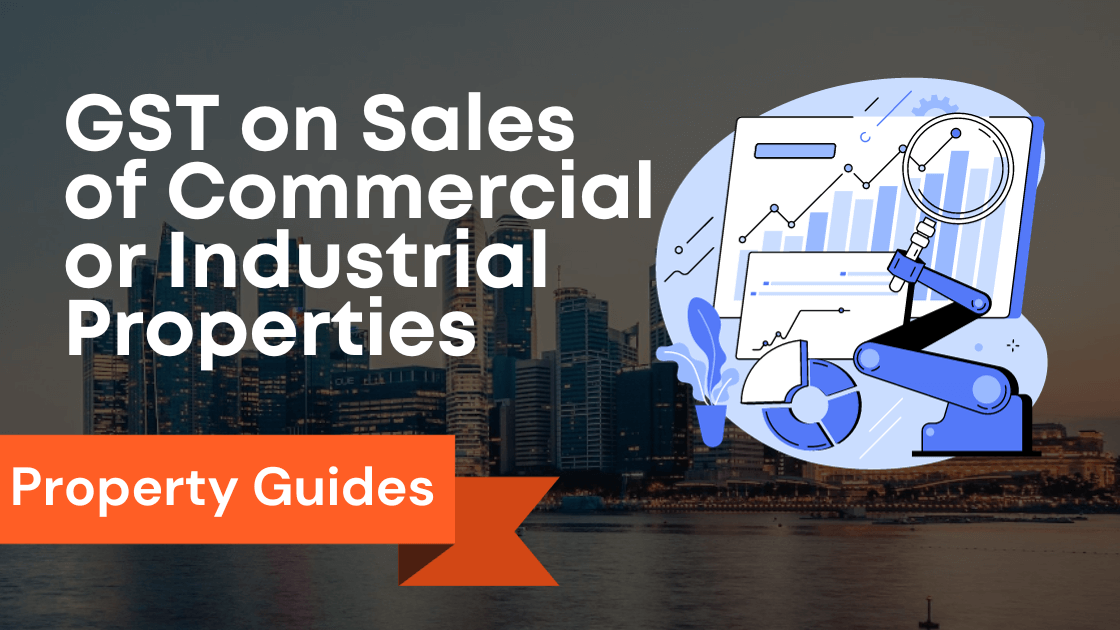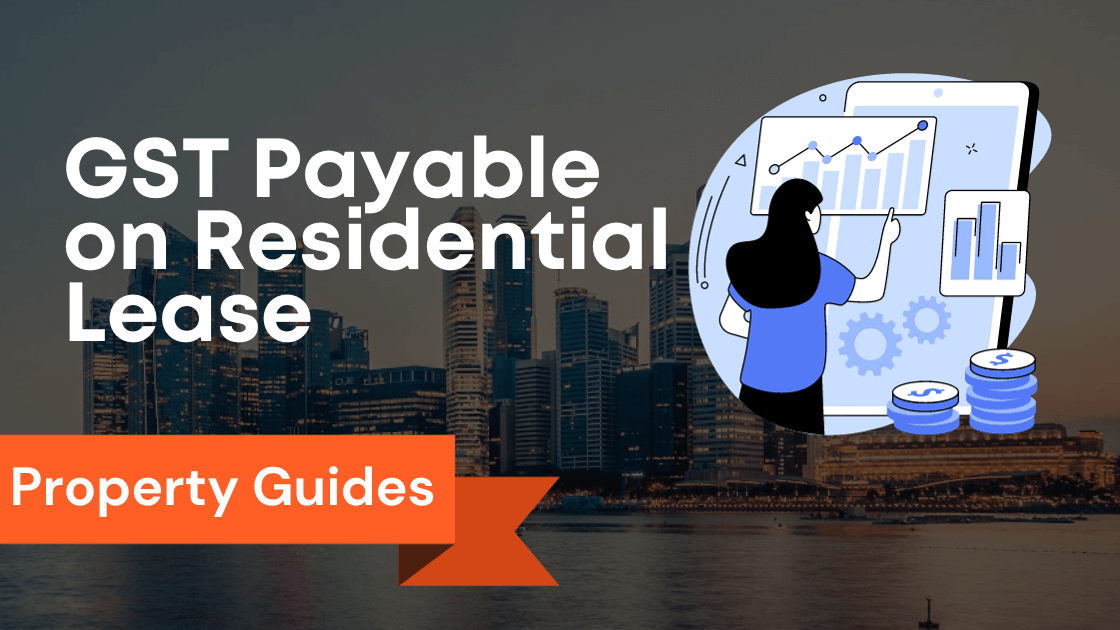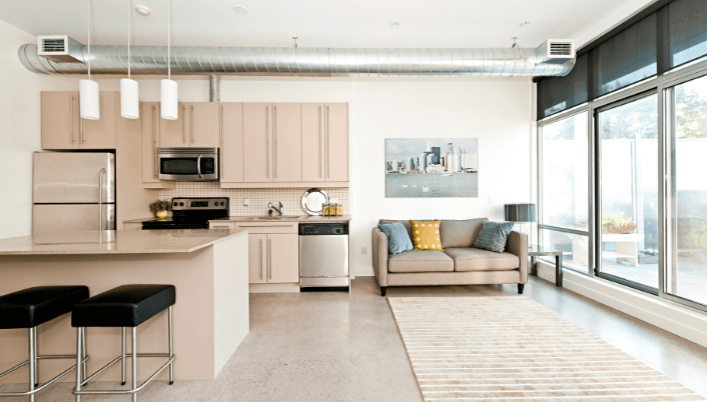
Understand Gross Leasable Area Definition
What is Gross Leasable Area (GLA)?
In the world of real estate, Gross Leasable Area (GLA) refers to the total floor area that can be leased out to tenants in a commercial property.
It is the space within a building or a property that is available for rent or lease.
GLA is a crucial metric that helps determine the profitability and potential of a commercial space.
To put it simply, GLA accounts for all the areas within a building or property that can be utilized by tenants, excluding common areas such as hallways, elevators, and staircases.
It includes individual units, floors, or even an entire building.
How is GLA calculated?
The calculation of GLA may vary slightly depending on regional standards and practices, but it generally involves measuring the net leasable area and adding certain factors.
Net Leasable Area refers to the total area that can be rented out, including interior walls and columns.
To calculate GLA, certain factors are used to account for any areas that cannot be leased, such as mechanical rooms or storage spaces.
GLA is a crucial consideration in commercial real estate, as it directly impacts rental prices and can determine the viability of a property for potential tenants.
Accurate measurement of GLA is essential for property owners, real estate agents, and developers to properly assess the value and potential income of a commercial space.
GLA in commercial real estate in Singapore
In the context of commercial real estate in Singapore, accurate measurement of GLA is vital for property owners and tenants alike.
The Singaporean market has specific regulations and standards for measuring GLA, ensuring consistency and transparency in real estate transactions.
The accurate calculation of GLA helps determine rental rates, leasing costs, and occupancy rates.
It also allows for efficient space planning and maximizes the utility of a commercial property, benefiting both tenants and landlords.
http://www.youtube.com/watch?v=0LuAqtRdE3U
Understanding GLA and its calculations can provide valuable insights and help make informed decisions in the competitive world of commercial real estate in Singapore.
Key Takeaways
- GLA Definition: GLA represents the leasable floor area in a commercial property, excluding common areas. It is vital for assessing profitability.
- GLA Calculation: GLA is calculated by measuring net leasable area and accounting for non-leasable spaces. Accurate measurement is essential.
- Importance in Singapore: In Singapore, GLA measurement adheres to the BOA standard, ensuring consistency and transparency in real estate transactions.
- GLA vs. Other Measurements: GLA differs from GFA, NLA, and Rentable Area, focusing solely on leasable space. Understanding these distinctions is crucial.
- GPR Calculation: Gross Potential Rent (GPR) is calculated from GLA and market rent, aiding property owners in income estimation.
- Maximizing GPR: Property owners can increase GPR through developments, parking lot utilization, and value-adding enhancements.
- Factors Affecting GPR: Location, property condition, market conditions, and competition influence the Gross Potential Rent.
- BOA Standard: The Building Owners and Managers Association (BOMA) standard ensures accurate GLA measurement in Singapore, benefiting both buyers and sellers.
- Using BOA Standard: To measure GLA according to BOA standards, consider rentable areas, excluding common areas. It enhances transparency in leasing.
- Benefits of BOA Standard: BOA standard provides consistency, and transparency, and aids retailers in optimizing store layouts.
- GLA Optimization: To maximize GLA, optimize on-page SEO, consider common wall regulations, stay updated on market trends, and tailor strategies to your building type.
- Utilizing GLA Data: Analyzing user behavior, leveraging Google Analytics, and considering building height offer valuable insights for informed decisions.
- Common Mistakes to Avoid: Regular SEO audits, inclusion of covered spaces, and consideration of all floor levels are essential to successful GLA optimization.
(GLA) Gross Leasable Area vs Other Floor Area Measurements
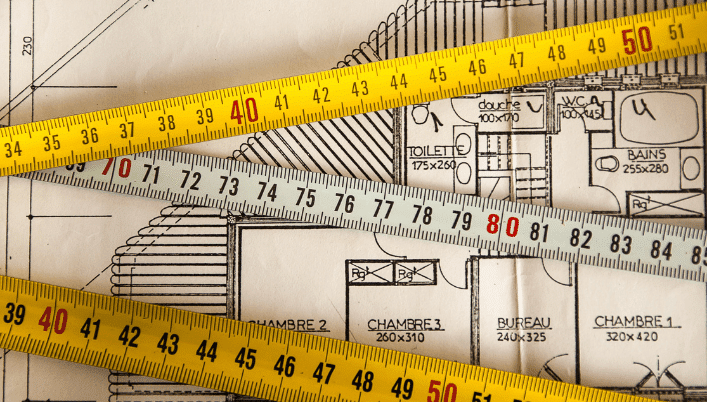
When it comes to measuring the size of commercial spaces, there are several floor area measurements used in the real estate industry.
One of these measurements is the Gross Leasable Area (GLA).
So, what exactly is GLA and how does it differ from other common floor area measurements?
GLA vs. Gross Floor Area (GFA)
The Gross Floor Area (GFA) is a comprehensive measurement that includes all areas within a building, including the gross internal area, elevator shafts, office spaces, and outer building walls.
It accounts for all the space within a building, whether it is rentable or not.
On the other hand, the GLA focuses specifically on the leasable space in a commercial property.
GLA excludes areas such as common areas and mechanical rooms, exclusive use, square footage, and office buildings, which are not available for lease.
It is the actual area that tenants can occupy and use for their business operations.
GLA vs. Net Leasable Area (NLA)
The Net Leasable Area (NLA) takes into account the gross leasable area of a property but deducts certain areas that are not included in the leasable space.
These deductions may include joint partitions, expenses, and operating expenses that are allocated to common areas.
NLA represents the area that tenants can use and have exclusive access to, without considering shared spaces or amenities.
GLA vs. Rentable Area
Rentable Area is another floor area measurement that is commonly used in commercial leases.
It includes the space that is available for rent, including external building walls, retail leases, office leases, facilities, and common areas.
Rentable Area measures not only the actual floor space that tenants can use but also potential rentable spaces that can attract prospective tenants.
http://www.youtube.com/watch?v=nThacAcSVW0
In summary, while GLA specifically focuses on the leasable space in a commercial property, GFA encompasses all areas within a building, and NLA deducts certain non-leased spaces.
Rentable Area includes both the actual leasable space and potential rentable areas.
Understanding these different floor area measurements is crucial for both landlords and tenants in the commercial real estate market.
GLA and Gross Potential Rent (GPR)
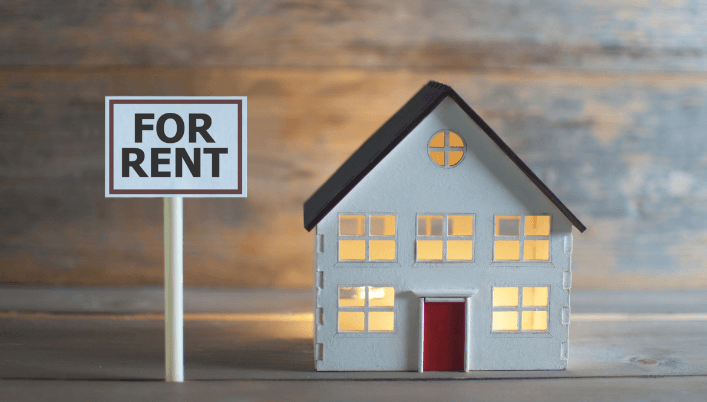
How to calculate GPR from GLA
In the real estate industry, calculating the Gross Potential Rent (GPR) is essential for property owners, especially those with multifamily properties.
The GPR is the total potential rental income a property can generate annually, typically based on the market rent for each unit.
To calculate the GPR from the Gross Leasable Area (GLA), property owners need to consider the following factors:
- Accurate Calculation: Property owners should determine the GLA accurately by measuring each individual tenant’s space. This ensures an accurate calculation of the GPR.
- Market Rent: To calculate the GPR, property owners need to know the annual market rent for each unit. This can be determined by analyzing rental data for similar properties in the area.
Property owners can determine the GPR and make informed decisions regarding their rental income by accurately calculating the GLA and considering the market rent.
How to maximize GPR
Maximizing the Gross Potential Rent (GPR) is a goal for property owners.
Here are some strategies to achieve this:
- Developments: Property owners can consider developing additional units or building extensions to increase the GLA and consequently the GPR.
- Utilize Parking Lots: Property owners can leverage parking lots by charging additional fees to tenants or allowing paid public parking, increasing the overall rental income.
- Value-Adding Enhancements: Making structural improvements, such as removing or relocating columns, can optimize the GLA and allow for higher rental rates.
By implementing these strategies, property owners can increase their GPR and maximize their rental income.
Factors that affect GPR
Several factors can influence the Gross Potential Rent (GPR) for a property:
- Location: Properties in prime locations with high demand often command higher rental rates, resulting in a higher GPR.
- Property Condition: Well-maintained properties with modern amenities and features can justify higher rental rates and increase the GPR.
- Market Conditions: Rental rates are influenced by market dynamics, such as supply and demand. Property owners should consider market conditions when determining the GPR.
- Competition: The presence of competing properties in the area can impact rental rates and ultimately affect the GPR.
By understanding these factors, property owners can make informed decisions regarding their rental strategies and optimize their GPR.
BOA Standard GLA

Gross Leasable Area (GLA) refers to the total floor area in a commercial property that is available for lease to tenants.
In Singapore, the measurement of GLA is often based on the Building Owners and Managers Association (BOMA) standard, which provides a standardized method for determining the GLA.
Here’s why the BOA standard is important and how to measure GLA according to this standard.
What is the BOA standard?
The BOMA standard is a widely recognized industry guideline developed by the Building Owners and Managers Association International.
It provides a set of standards for measuring commercial properties, ensuring consistency and accuracy in calculations.
The standard takes into account important factors such as perimeter columns, partitions, and inter-tenancy walls when determining the GLA.
Using the BOA standard in measuring GLA plays a pivotal role in investment decisions.
Investors can rely on this standard to compare the size and potential return of different properties accurately.
It allows for fair evaluation and transparency in the real estate market, benefiting both buyers and sellers.
How to measure GLA according to the BOA standard
To measure GLA according to the BOA standard, you need to consider the rentable area.
This includes areas such as window frames and usable spaces within each unit.
The measurement excludes common areas like staircases, elevators, and corridors.
Taking these factors into account ensures an accurate representation of the leasable space, allowing for fair rental agreements between landlords and tenants.
Benefits of using the BOA standard
Using the BOA standard has several advantages.
Firstly, it provides a consistent and widely accepted method for measuring GLA, allowing for accurate comparisons between different properties.
This helps potential tenants and buyers in making informed decisions.
Secondly, the standard ensures transparency in the leasing process. Gross Leasable Area is usually measured including any basement floor area of the building.
Tenants can have confidence that the measured GLA aligns with the industry standards, giving them peace of mind when signing a lease agreement.
Lastly, the BOA standard is particularly beneficial in the retail space.
With the rise of e-commerce, it’s more important than ever for retailers to optimize their physical store layouts.
The BOA standard allows retailers to precisely plan their shop layouts and maximize their use of space, leading to increased efficiency and profitability.
In conclusion, the BOA standard plays a crucial role in accurately measuring the GLA of commercial properties in Singapore.
Its use ensures consistency, transparency, and fair rental agreements for both landlords and tenants.
GLA Optimization
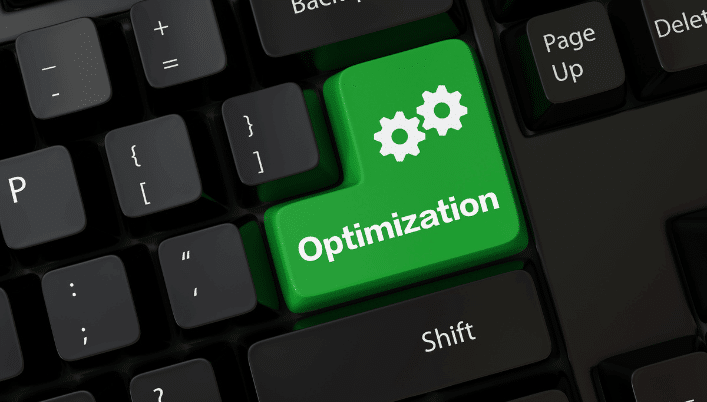
When it comes to maximizing the potential of your business or property, optimizing the Gross Leasable Area (GLA) in Singapore is crucial.
By understanding how to make the most out of your GLA, you can attract tenants, increase foot traffic, and ultimately boost your revenue.
Best practices for optimizing GLA
To optimize your GLA, there are several best practices you should follow:
- Optimize on-page SEO: By incorporating relevant keywords and enhancing the HTML of your property’s online presence, you can increase its visibility in search engine results.
- Consider common wall regulations: Familiarize yourself with the regulations set by the Building Owners and Managers Association (BOMA) to ensure compliance and maximize GLA.
- Understand the real estate market: Stay updated on current market trends and demands to tailor your GLA optimization strategy accordingly.
- Consider your building type: Different building types have unique GLA optimization requirements, so cater your strategy to align with the purpose of your property.
How to use GLA data to make informed business decisions
Utilizing GLA data effectively can provide valuable insights for your business:
- Analyze user behavior: By analyzing user behavior, you can gain insights into customer preferences, traffic patterns, and areas of improvement.
- Leverage Google Analytics: Take advantage of Google Analytics to monitor website traffic, user engagement, and conversion rates specific to your GLA.
- Consider the height of the building: The vertical space of your building also impacts GLA optimization. Understanding the height and floor distribution can help you make informed decisions.
Common mistakes to avoid when optimizing GLA
To ensure successful GLA optimization, avoid these common mistakes:
- Neglecting SEO audits: Regularly conduct SEO audits to identify areas of strengths and weaknesses, allowing you to make necessary improvements.
- Overlooking covered and enclosed floor space: Don’t exclude covered or enclosed spaces from your GLA calculations, as these areas can contribute to your property’s overall leasable space.
- Ignoring the importance of floor levels: Each floor level contributes to the GLA, so take into account all the available space to maximize the potential of your property.
By following these best practices, utilizing GLA data, and avoiding common mistakes, you can effectively optimize your GLA Gross leasable area in Singapore and position your business or property for success.
Conclusion
In conclusion, understanding the concept of gross leasable area (GLA) is crucial for both tenants and landlords in the commercial real estate industry.
GLA refers to the total floor area of a building that is designed for tenant occupancy and is typically measured from the outside walls excluding any basements.
It includes all the floor space that can be leased or rented out to tenants.
By accurately calculating the GLA, landlords can determine the potential rent that can be generated from the space.
This information is vital for financial planning and commercial mortgage calculations.
Tenants can also benefit from knowing the GLA as it helps them assess the size of the commercial space they are considering and negotiate lease terms.
Differentiating GLA from other measurements like the net rentable area is important as it allows for a clear understanding of the total usable space within a building.
Net rentable area may exclude certain areas such as common areas or internal walls, while GLA encompasses all areas designed for tenant occupancy.
Overall, GLA plays a significant role in determining the value and functionality of commercial and industrial buildings.
It provides a standard method for measuring floor area and serves as a basis for leasing agreements and rent calculations.
Both landlords and tenants should familiarize themselves with the concept to ensure transparency and fair negotiations.
In Singapore, where commercial real estate is thriving, understanding GLA is particularly important.
As the city continues to grow and attract businesses, having a comprehensive understanding of GLA will help stakeholders make informed decisions and navigate the market effectively.
To recap, GLA refers to the total floor area designed for tenant occupancy and is usually measured from the exterior walls.
It includes all the usable space within a building and is essential for lease negotiations, rent calculations, and overall strategic planning in the commercial real estate industry.
Frequently Asked Questions
What is the gross leasable area?
It is the total area of a building that is available for occupancy and use.
How is gross leasable area measured in commercial real estate?
What is the difference between gross leasable area and rentable area?
Rentable areas may exclude areas like stairwells, bathrooms, and other common spaces.
What is the BOMA standard for measuring gross leasable area?
These standards ensure consistency and accuracy in measuring and reporting GLA.
What is the net leasable area?
It is the actual area that tenants can occupy and use.
How is the gross leasable area (GLA) is calculated?
This measurement includes all areas that tenants can lease or rent.
How do I understand the gross leasable area of a property?
They should be able to provide you with the GLA and explain how it was determined.
What is the rentable space in a building?
It includes the gross leasable area (GLA) as well as other areas that might be exclusive to particular tenants, such as private offices or conference rooms.
What is the difference between gross leasable area and gross floor area?
What is the definition of gross leasable area in commercial real estate?
It includes all usable space, measured from the center of the exterior walls, and is typically expressed in square feet or square meters.











